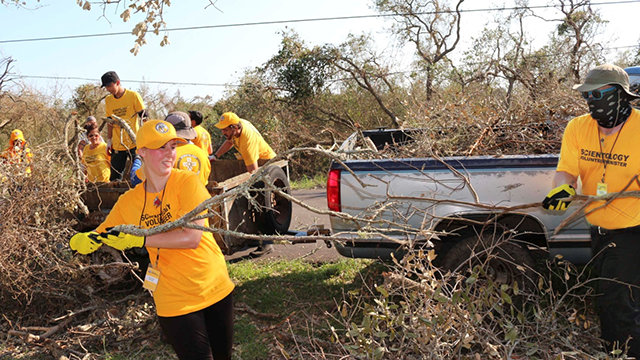Education
Education
"Children who spend time directly experiencing natural processes and materials are far more likely to grow into adults who care about the biosphere.They will have developed biophilia, love of life. However, these tendencies tend to atrophy if not fostered in childhood."
I didn't grow up on a farm or anything that had a diverse biosphere, relatively. I grew up in the suburbs of Stone Mountain, GA. My exposure to nature was actually through early years of playing outside, my family was fortunate to have a front and backyard big enough to play endless games of tag, hid and go seek, and most of all, a game the neighborhood kids favored, "Family". I game where we all assign familial roles. Being the oldest, I was constantly the mother or the auntie. Being that in our households, the mother cooked, I was the one collecting berries and worms and leaves. I interacted with all sorts of living and nonliving things, or "natural processes and materials". Nature was not a source of nutrition, really, it was a prop to a game. My interaction with nature wasn't fostered or facilitated by an instructor. To this day, I understand that salad is a good source of food, but I always choose the burger. My point is, it is not enough for children to interact with nature because nature can be mishandled. There should be time to experience nature by themselves, but there should be some structure to learning.
"A windowless building lit by light fixtures, heated by furnaces, and cooled by air conditioners tells students that energy is cheap and plentiful and can be squandered at little lost to the world."
During my first year of high school I attended the local high school down the street. The school was built as a bomb shelter, therefore, there were no windows. The classrooms were overfilled with students without a window. Not only does this situation have the sort of impact described above as having the implication that energy is plentiful and cheap, but windowless buildings make students very irritated. The students in these classrooms had a hard to hold attention span. I remember there being a room where a teacher painted the wall to resemble a window and painted flowers and a sun on the other side of that painted window.
"Institutions are also dependent upon and tied to their communities; they can be community partners, working with the local communities of which they are a part to access, prepare, build local techinica capacity, develop adaption strategies, and foster community resilience in the face of changing climate and economic shifts."
I didn't grow up on a farm or anything that had a diverse biosphere, relatively. I grew up in the suburbs of Stone Mountain, GA. My exposure to nature was actually through early years of playing outside, my family was fortunate to have a front and backyard big enough to play endless games of tag, hid and go seek, and most of all, a game the neighborhood kids favored, "Family". I game where we all assign familial roles. Being the oldest, I was constantly the mother or the auntie. Being that in our households, the mother cooked, I was the one collecting berries and worms and leaves. I interacted with all sorts of living and nonliving things, or "natural processes and materials". Nature was not a source of nutrition, really, it was a prop to a game. My interaction with nature wasn't fostered or facilitated by an instructor. To this day, I understand that salad is a good source of food, but I always choose the burger. My point is, it is not enough for children to interact with nature because nature can be mishandled. There should be time to experience nature by themselves, but there should be some structure to learning.
 |
| http://www.pbs.org/parents/expert-tips-advice/2016/03/gardening-kids-affects-childs-brain-body-soul/ |
"A windowless building lit by light fixtures, heated by furnaces, and cooled by air conditioners tells students that energy is cheap and plentiful and can be squandered at little lost to the world."
During my first year of high school I attended the local high school down the street. The school was built as a bomb shelter, therefore, there were no windows. The classrooms were overfilled with students without a window. Not only does this situation have the sort of impact described above as having the implication that energy is plentiful and cheap, but windowless buildings make students very irritated. The students in these classrooms had a hard to hold attention span. I remember there being a room where a teacher painted the wall to resemble a window and painted flowers and a sun on the other side of that painted window.
 |
| https://www.pinterest.com/pin/97390410666109643/?lp=true |
The importance in this atatment is that the focus is on cultivating relationships therefore building a force against unseen changes. An example of this was when Hurrican Irma devastated many communities, the school supplied the numbers and names of local non-profits, especially those with nature as the focus. The college community supported the local community by active participation in rebuilding and refortifying the surrounding areas. The Shy Wolf Project experienced serious damage and is in the process of changing locations. There were many students, mostly students, working hand by hand with the long-standing volunteers to restore the bioshere for the animals.
Works Cited
 |
| https://www.iasmembership.org/news/emergency-vm-disaster-response-for-hurricane-harvey-and-irma.html |
Works Cited
Robertson, M. (2017). Sustainability principles and practice. London: Routledge, Taylor & Francis Group.
Comments
Post a Comment